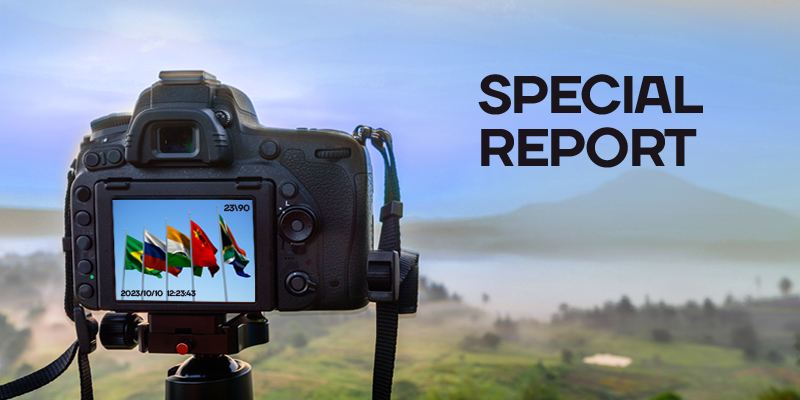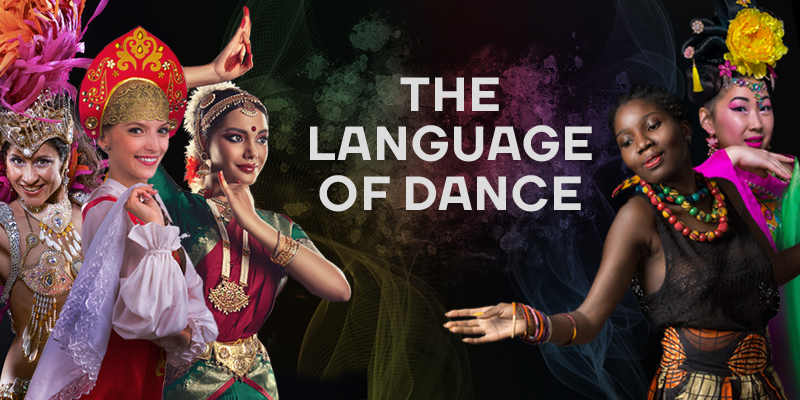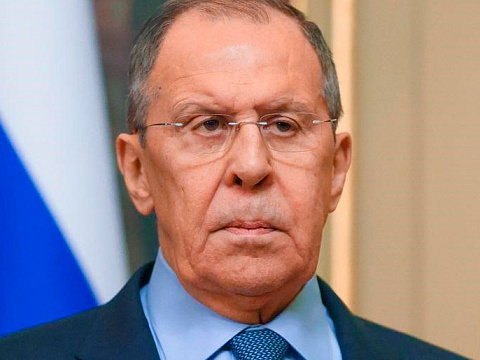History of ballet in Russia: how it became synonymous with Russian culture
Ballet has been developing in Russia for over 300 years. Today, this beautiful art form is a national treasure and synonymous with Russian culture. The country has established some of the world's most revered ballet companies and theatres. But how did it all start? In this article we tell the incredible story of Russian ballet.
Why is ballet famous in Russia?
Ballet has been part of Russia's cultural identity since the 17th century, when Emperor Peter the Great launched a cultural revolution. Many specialised institutes were built, but it was the ballet schools that had the greatest impact on the development of the spiritual life of the population, touching the hearts of almost everyone in Russia.

Unlike in France, where ballet was accessible only to the rich, this elegant dance could be taught to almost anyone in Russia. It has remained a Russian treasure ever since.
How ballet came to Russia
Although ballet may have originated in France and Italy, it was perfected in Russia. It appeared in the country in the 1700s, when Peter the Great began to replace traditional Russian folk dancing with ballet as part of his westernised cultural revolution. The popularity of ballet increased during the reign of Catherine the Great. Russian aristocrats learned to dance ballet, and even Catherine's son Paul I danced ballet at court events before becoming emperor.
When the tsars began to patronise the art form, foreign talent and teachers were brought in from France and Italy to teach in the ballet schools established in St Petersburg and Moscow. Dancers often came from poor families, including orphans, who were brought up to become ballet dancers. The first ballet school was founded in 1734, and the first full-fledged ballet company appeared in the 1740s at the Imperial Ballet School in St Petersburg.
Russian ballet goes international
In the 1740s, choreographer and teacher Jean-Baptiste Landé established the first Russian dance school in St Petersburg, which had a major impact on the formation of ballet in the Russian Empire. The Mariinsky Theatre was established in 1783. Its dance company remains to this day one of the greatest ballet companies in the world. The Mariinsky Theatre has brought international fame to Russian ballet, with many iconic figures of Russian ballet, including Charles Louis Didleau, Jules-Joseph Perrault, Carlotta Grisi, Christian Johansson and Marie Taglioni, one of the best dancers of the Romantic era in ballet.

The Mariinsky Theatre was led by the famous French choreographer Marius Petipa. He spent 50 years staging ballets in Russia in the late 19th century. Many of his famous ballets, such as The Nutcracker and Don Quixote, are still performed by ballet companies around the world. The revival of Swan Lake is one of his most legendary works.
New age of Russian ballet
Although Italian and French dancers had a great influence on early ballet in Russia, it also absorbed local styles. In the early 19th century, Russian ballet dancer Ivan Valberkh incorporated some elements of Russian folk dance into classical ballets. Both foreign and local ballet dancers and teachers began to develop a unique Russian style.
A new era of Russian ballet began when Ivan Khlyustin, dancer and choreographer at the Bolshoi Theatre, was chosen as choreographer at the famous Paris Opera. This marked a change in European ballet: Russia came into the spotlight.

It also paved the way for the creation of the first Russian touring company, Diaghilev's Russian Ballet and the famous Russian Seasons. Founded in 1909 by the famous philanthropist Sergei Diaghilev, it brought together some of the most innovative composers, choreographers and dancers, such as George Balanchine, Bronislava Nizhinskaya and Marius Petipa. Originally based in Paris, Diaghilev's Russian Ballet has continued to tour around the world. Young people back home saw that ballet offered them a path to international fame and began to dedicate themselves to the art. Since then, Russia has had a huge, utterly unique influence on the development of ballet throughout the world.
The Soviet effect
After the end of the revolution, the authorities of the Soviet Union dictated a strict Socialist Realism style for art. Troupes staged ballets such as Ivan the Terrible in order to comply with the new rules. However, many Bolshoi dancers left the country in the 1960s in search of creative freedom. They began to spread the distinctive Russian ballet style around the world.
What distinguishes Russian ballet?
One of the most unique elements of Russian ballet is the incredible combination of classical ballet and Russian folk dance. This brings a bit of Russian soul into the dance, making it utterly mesmerising. In terms of technical prowess, Russian ballet is at a high level. Dancers hold a pose longer, use their upper body more than their lower body, and incorporate theatrical elements into the dance. Russian ballet is full of depth and drama.

Moreover, to become a successful ballet dancer in Russia, young talents have to make great sacrifices. At the age of just 10-12, first-year students at renowned ballet schools such as the Bolshoi Academy already possess many professional skills. There is incredible competition in this field in Russia.
Many domestic ballet schools select fewer than 100 students out of thousands of applications each year. Ballet schools are known for their intensive programmes, and only about half the students are likely to graduate. Education begins at about 10 years of age (over 12 years of age, children are considered unteachable). Young dancers must have a long, strong and graceful body and, most importantly, an irresistible desire to dance ballet.

Who is the most famous Russian ballet dancer?
Russians are big fans of ballet, which means that the country's best ballet dancers are treated like superstars. Many people choose to see their favourite dancer in particular ballets and applaud the dancers in cameo roles before they even step on stage. Tickets for the most revered dancers, such as Maya Plisetskaya, Ekaterina Maximova and Galina Ulanova, regarded as one of the finest ballerinas of the 20th century, always sold out in a flash.
The most famous ballerinas in recent years are Ulyana Lopatkina, Diana Vishneva and Ekaterina Kondaurova of the Mariinsky Theatre, Svetlana Zakharova of the Bolshoi Theatre and Natalia Osipova of the Mikhailovsky Theatre.
Russia's best ballet theatres
If you are wondering which ballet theatre to visit in Russia, you have two of the world's most famous ballet theatres to choose from: the Mariinsky Theatre in St Petersburg and the Bolshoi Theatre in Moscow. Both ballet companies have produced great ballet dancers, including Mikhail Baryshnikov, Anna Pavlova, Václav Nijinsky and Rudolf Nureyev.
The Mariinsky has traditionally been regarded as the best ballet theatre in Russia, but the Bolshoi is also world-renowned for its experimental productions. Both theatres are home to masters of classical and contemporary ballet, and you'll be awestruck by both the architectural beauty of the buildings and the mesmerising performances.
Apart from these two great theatres, there are many other great places in Russia where you can enjoy ballet. For example, the Mikhailovsky Theatre in St. Petersburg and the Stanislavski and Nemirovich-Danchenko Moscow Academic Music Theatre. The theatres in Yekaterinburg, Perm and Novosibirsk are also becoming increasingly popular with ballet fans.
Photo: istockphoto.com
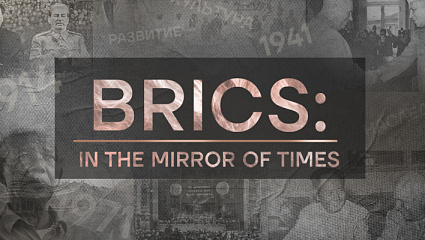
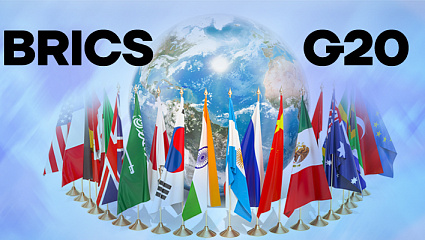

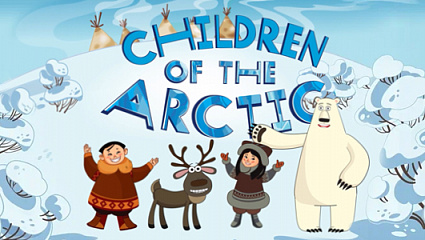
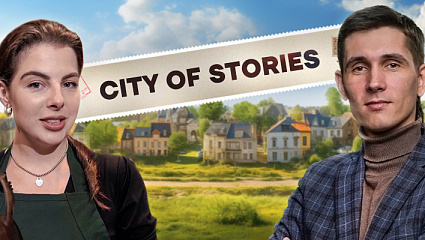


 DIGITAL WORLD
DIGITAL WORLD









